-
0
No item in your cart.
View Shopping Cart
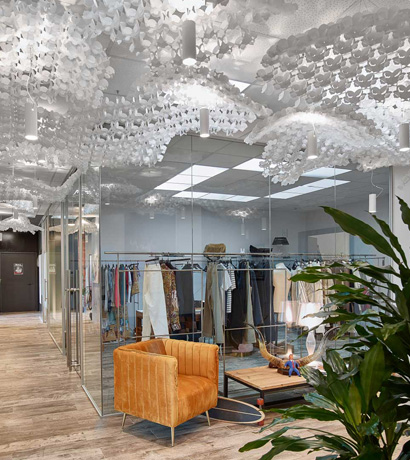 |
Slamp illuminates mariano di vaio’s new offices |
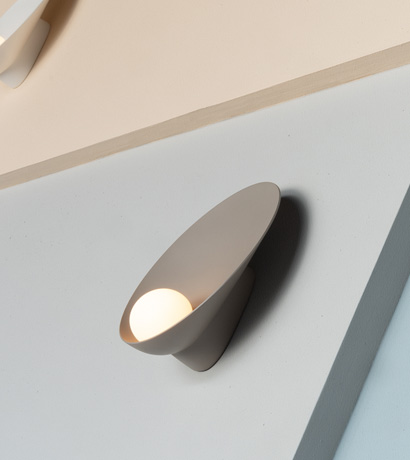 |
Chromatica – Introducing Vibia’s World of Colour and Materiality |
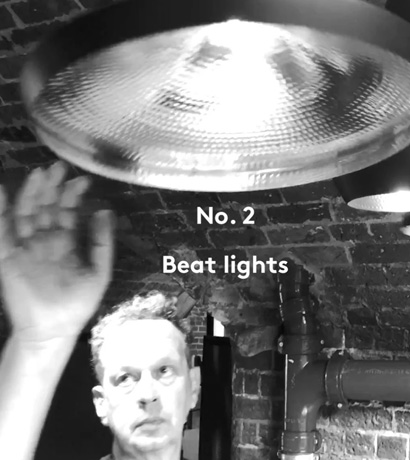 |
Tom Dixon's Beat Lighting |
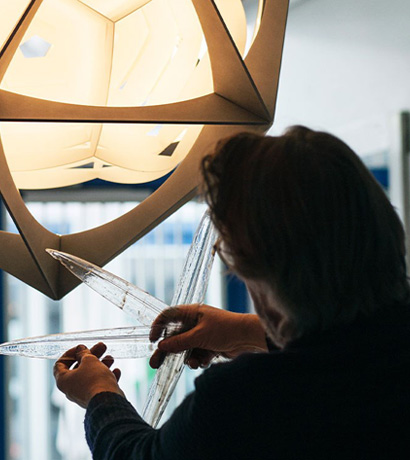 |
Olafur Eliasson X Louis Poulsen |
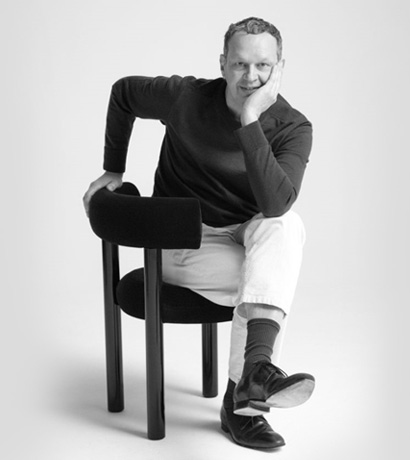 |
Tom Dixon Wins the 2019 London Design Medal |
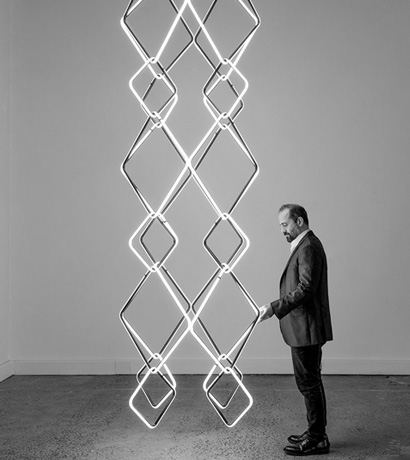 |
Lighting and Jewelry |
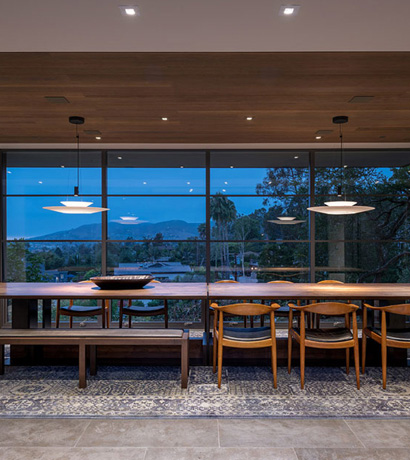 |
Dining & Design: Vibia Elevates Eating Spaces |
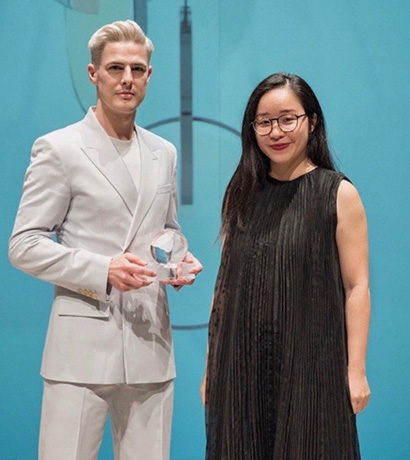 |
Lee Broom Wins Elle Deco International Design Award In Milan |
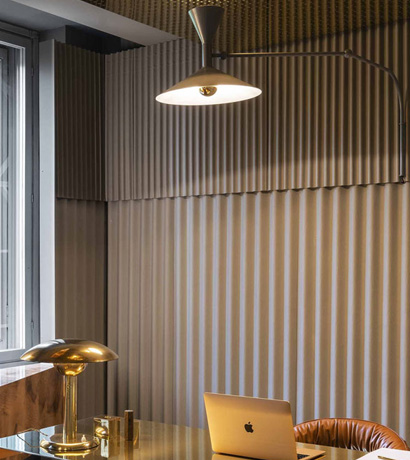 |
Life in Vogue |
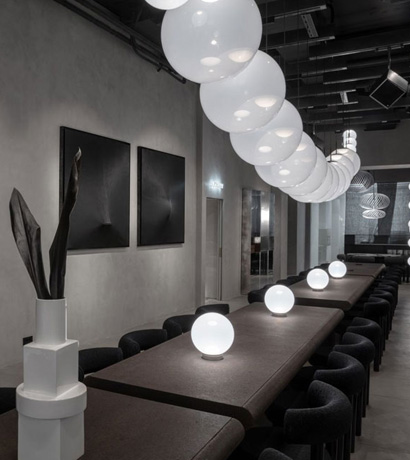 |
The Manzoni Restaurant |
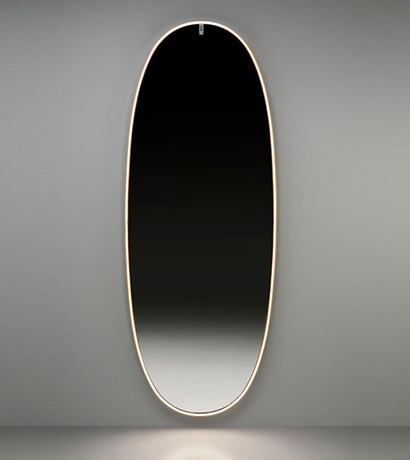 |
La Plus Belle est Philippe Starck |
 |
An interview with Christophe Mathieu |
 |
Trend Watch: Wood Lighting Fixtures |
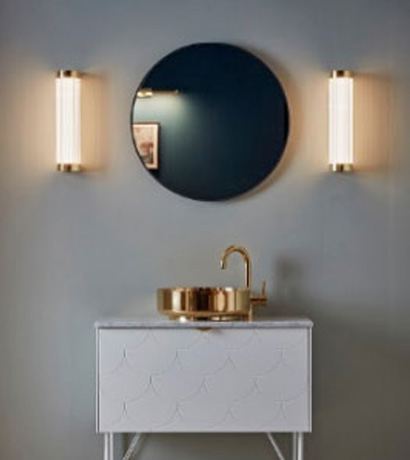 |
Make a Splash |
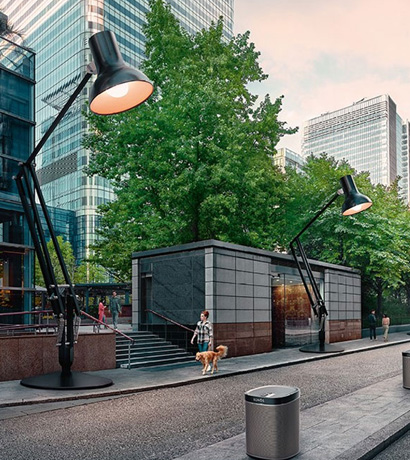 |
Type 75 Giant grows to titanic proportions for American Express |
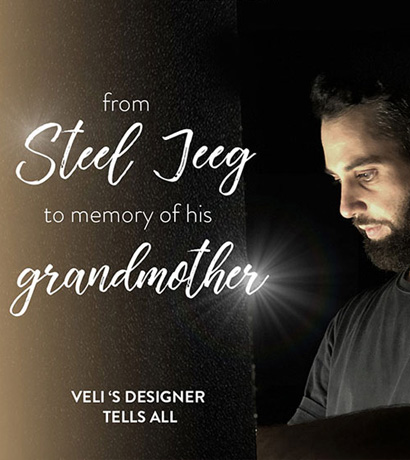 |
From Steel Jeeg to memories of his grandmother |
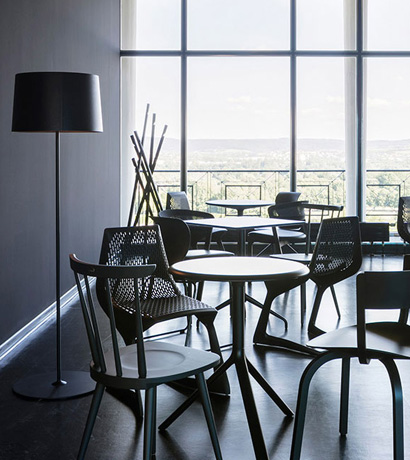 |
Foscarini dresses the Visitor's Lounge of Documenta 14 in Kassel, Germany |
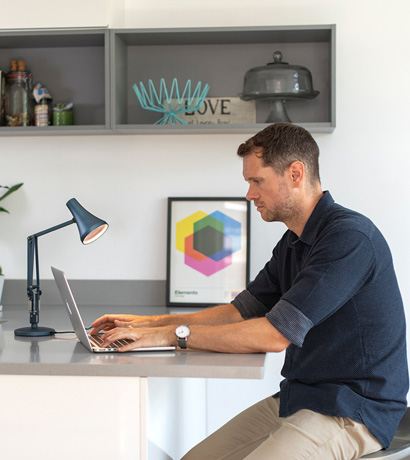 |
Introducing the all-new 90 Mini Mini |
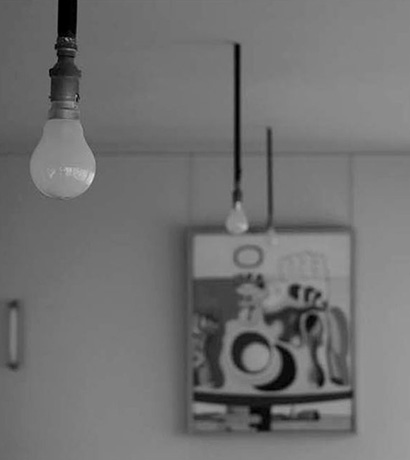 |
Nemo & The Masters - Fondation Le Corbusier |
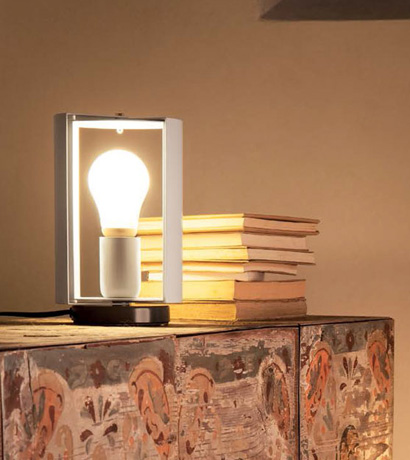 |
Nemo & The Masters - Archives Charlotte Perriand |
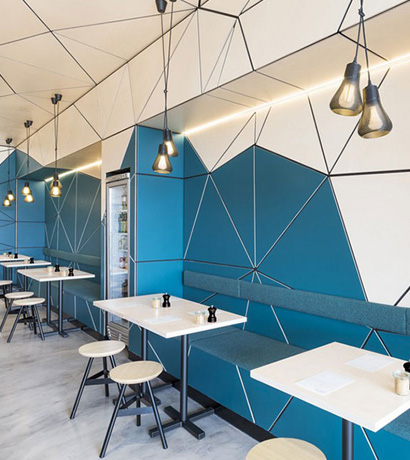 |
Restaurant Lighting Ideas: Create the Perfect Atmosphere |
 |
A conversation with Piero Lissoni |
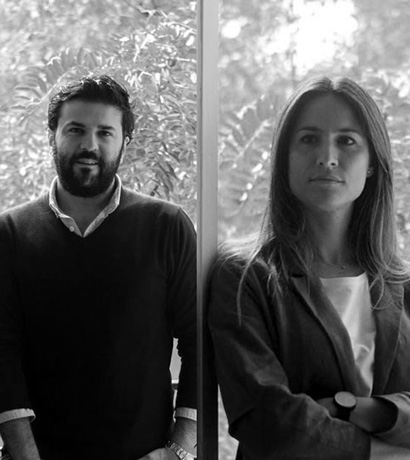 |
Vibia's Summer Reading List: The Best Design Books |
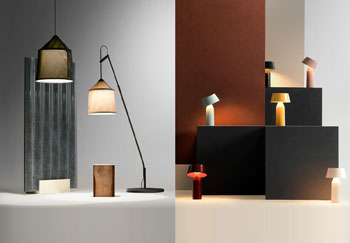 |
The Bicoca and Jaima win the Design Plus Award |
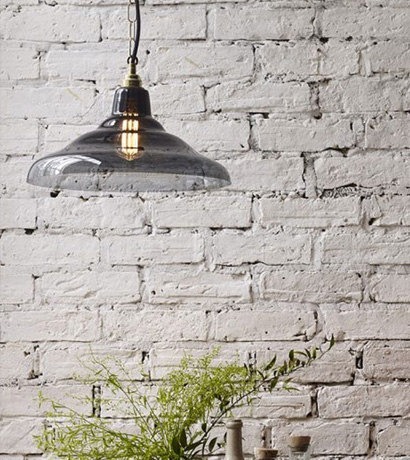 |
New York Loft Style Living |
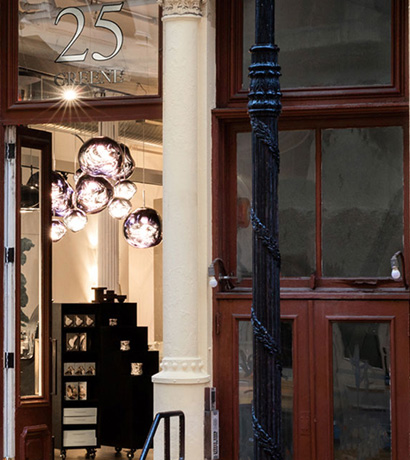 |
Greene St, NYC |
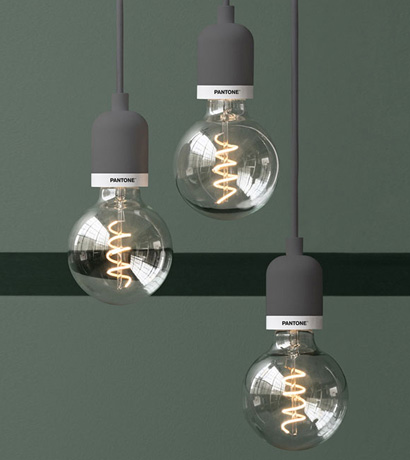 |
Designer Collaborations: Pantone |
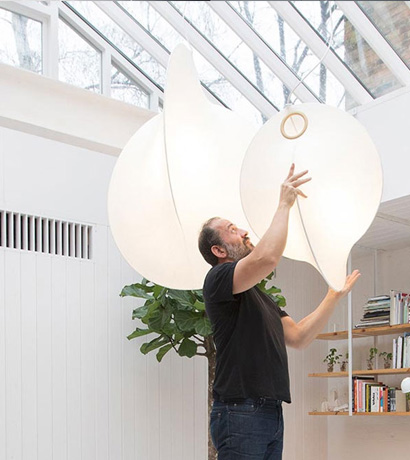 |
The Bare Minimum |
To make a restaurant really special, lighting is critical to the design. Great lighting sets an attractive mood and ambience and of course celebrates what arrives in every glass and on every plate. Remember that feeling when you entered an amazing restaurant at night? It took your breath away. Remember what you saw… yes, the thing that really inspired you was the lighting right?
When planning the lighting for your restaurant, you should consider the layout of the tables and therefore where the lighting can be fixed, what time of day your customers will be coming and the vibe you want to create for each sitting. A small, quirky cafe that's only open during daylight hours will need very different lighting to a large, smart restaurant that serves breakfast, lunch and dinner.
Lighting can also be used to add real personality and help your space stand out from the crowd. So make sure you put the effort and investment in to getting it right.
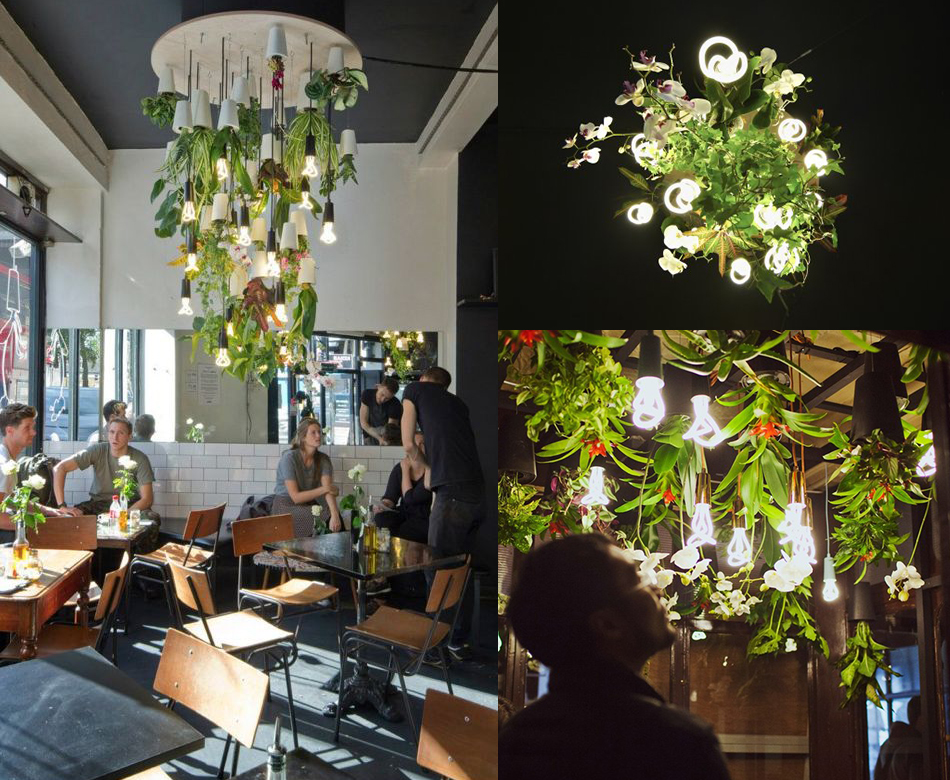
Boskke Sky Planter with Plumen 001
In case you're still thinking you can pop the lighting in at the last minute, consider the results of a 2015 survey. 72%* of respondents left a venue earlier than planned because it was too bright or poorly lit, while 74% of respondents stayed longer than planned because the lighting made them feel relaxed and welcome!
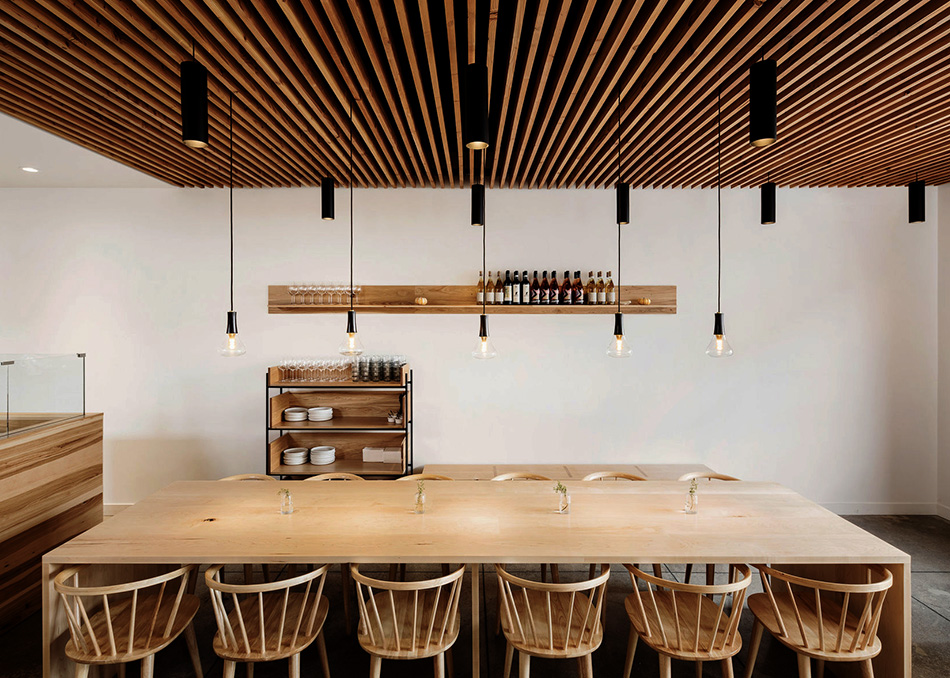
Anello Pizzeria by Space Bureau
The first step is to understand the atmosphere you want to create. What type of restaurant is it? What are you serving? Who are your customers? Answering these questions will help guide you on the type of light you need. For example, you'll probably need direct lighting for areas where food is displayed (e.g. tables or salad bars) while you'll need indirect lighting to create the right ambience and add some personality. And it's very important to get the balance of these lights right. We designed our Plumen 003 bulb specifically to answer both these requirements for dinners and drinkers, creating a bright spot and ambient light in one. When fitting out a space with the 003 this also means you need not install both recessed spots and pendants/ accent lights, as the 003 covers both.
Low, ambient lighting can be relaxed and romantic. It helps create intimacy as guests feel more isolated from other customers in the room. Low lighting can be achieved through various styles (overhead, wall, table etc) but tend to work on a dimmer system – making it much simpler to create the desired light for different meals. If you're after a low-light look, make sure you include enough ambient lighting to perform basic tasks easily and safely.
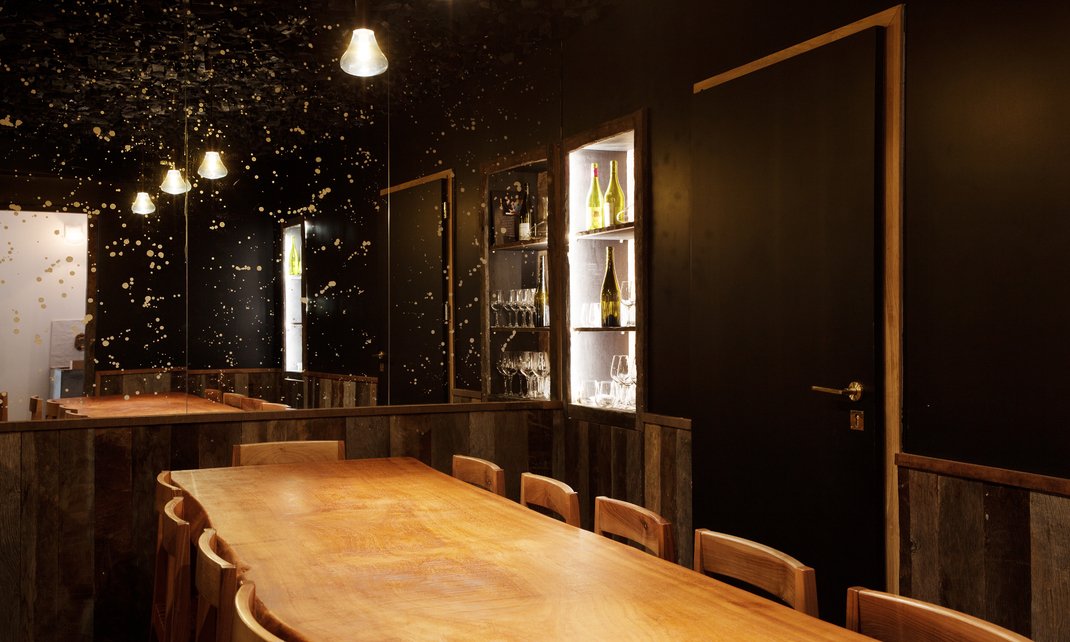
Carbon, Paris – Private Dining Room Featuring 003's
If you're offering breakfast, you'll most likely want a bright (ideally natural daylight), airy feel to help customers wake up and start the day. Lunchtime lighting will depend a lot more on the vibe you're going for. Brighter lighting is better for fast food spaces where a speedy turnover is important, while lower lighting is more suited to spaces where customers will be seated for a leisurely lunch. Restaurants, both casual and smart, that focus on dinner tend to opt for a more relaxing, intimate atmosphere. Lower lighting helps customers relax and (as the aforementioned study suggests) encourages them to stay longer.
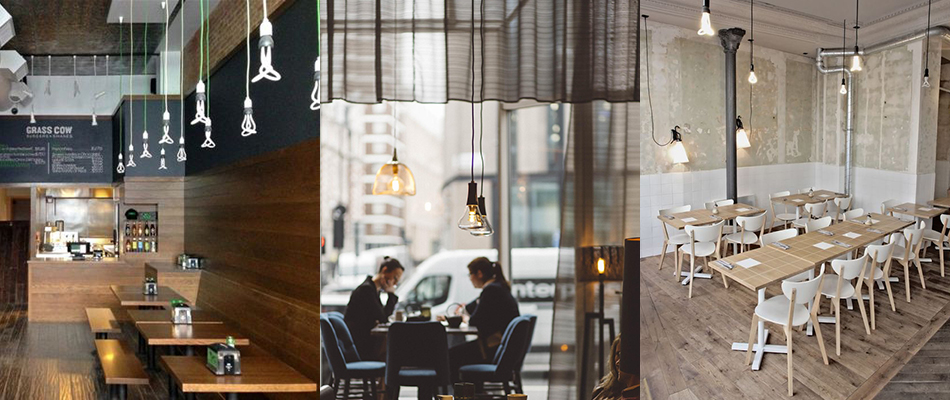
Breakfast, Lunch or Dinner Lighting
Once you know what type of light your space requires, you'll most likely need to plan it out in layers. The first step is the ambient lighting – the overall level of lighting (which can be natural light if it works in your space). Next comes task lighting which is placed in areas where work will definitely need to be carried out e.g. to help customers read the menu, or at the till to help staff take payments. Lastly, plan your accent lighting to really personalise your space. This can be anything from spot lighting to draw attention to a particular feature, or just a striking design in the front-of-house area.
Sometimes fixtures will fit into more than one category – for example, using the Plumen 003 over tables will offer functional light for reading menus, ambient light that glows like candle light, and a striking design that adds personality to your space. There’s no fixed rule but a 5:1 ratio of accent to ambient light is often recommended to make your features stand out.
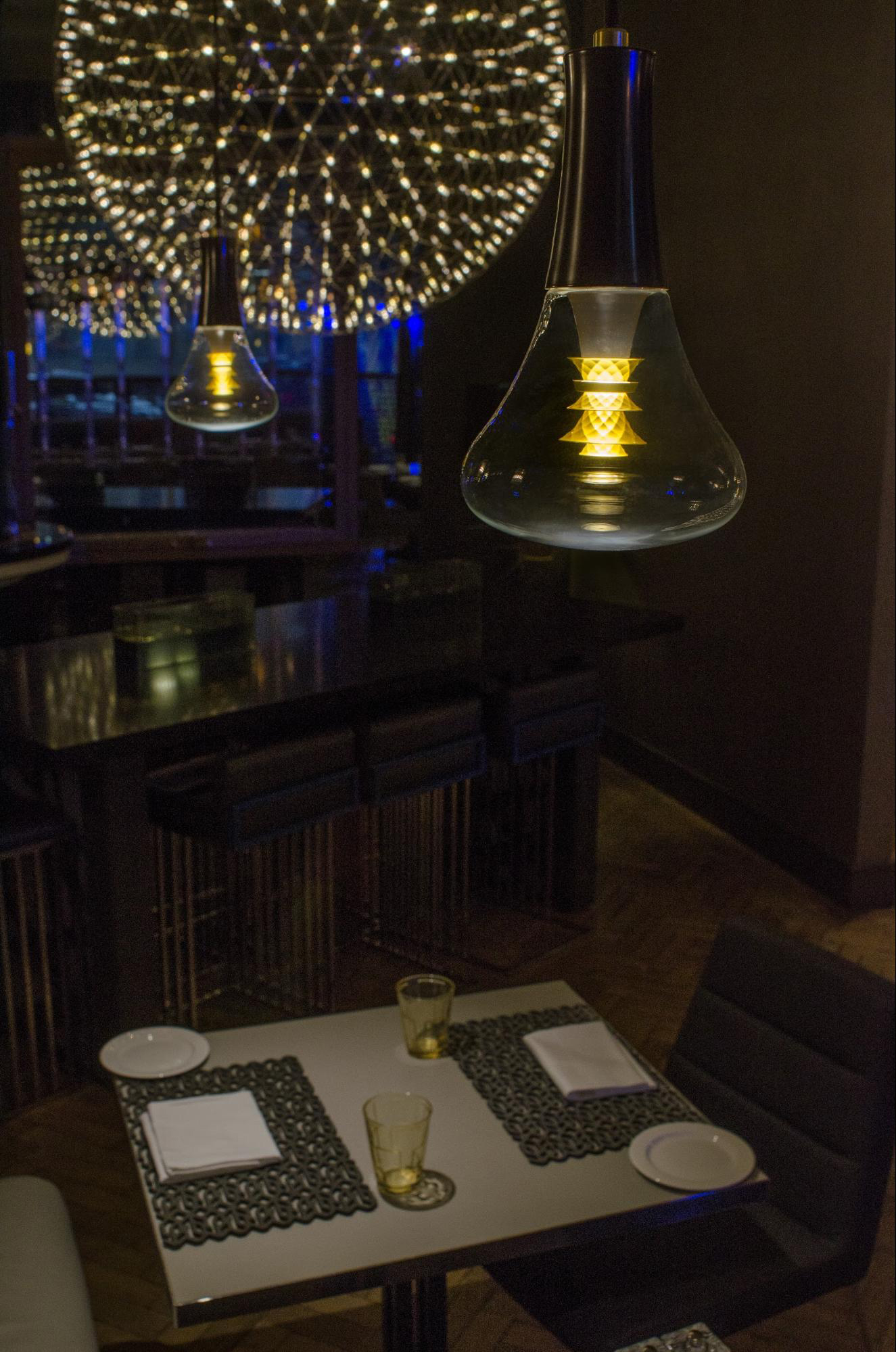
An average restaurant light bulb is going to have a lot more to do than a light bulb in the average home. That means low energy light bulbs are even more important for reducing energy consumption, the size of your energy bills and your bulb replacement budget too. If you're after the vintage style incandescent look without the greedy credentials of old Edisons, check out our WattNott range.
Customers the world over are becoming more conscious about where their food comes from, how it is prepared and how staff are treated and whether sustainable practice is followed more broadly by establishents. What’s the point in fixing some of these issues when your old incandescents are hanging out in public view, screaming the opposite?
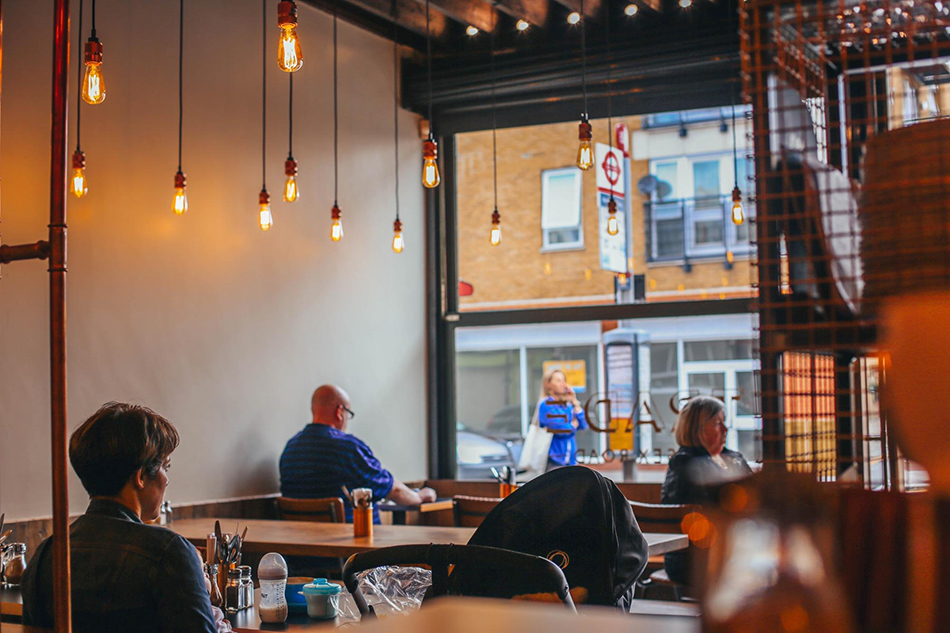
If you're able to, make the most of natural light by understanding the light your space will experience as the sun moves. Plan seating areas and tables around windows (but bear in mind that tables facing east or west may be doused in sunlight at certain times so you'll need to consider curtains or blinds).
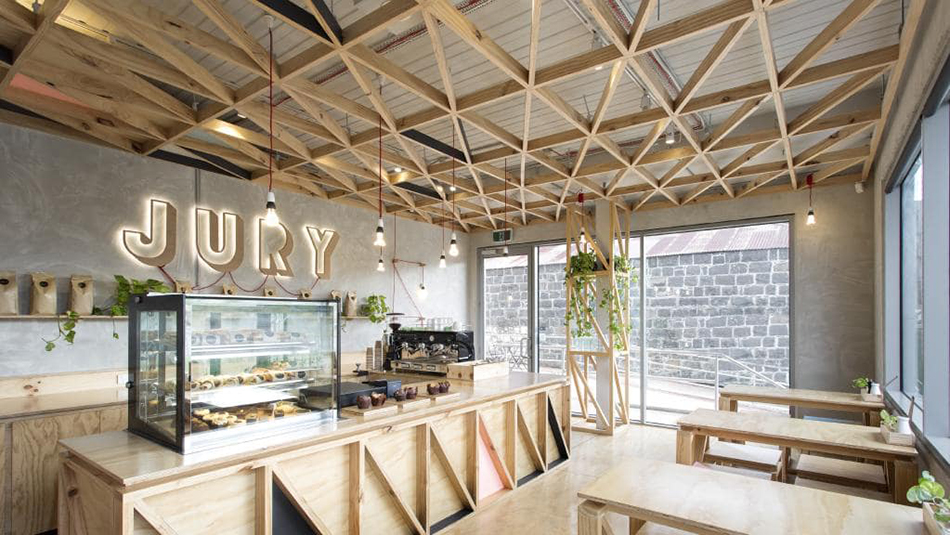
When someone enters a restaurant, they should know within the first few seconds where to go. It's possible (and recommended) to create zones and focal points with lightning – usually using accent lights.
Generally speaking, warm, cosy lighting makes people feel most comfortable (especially in cooler weather). "Warm" light means a bulb is less than 3000 Kelvin which all Plumen bulbs are. Using a dimmer system adds flexibility, allowing the brightness to be adjusted to create different moods at different intensities and qualities of daylight.
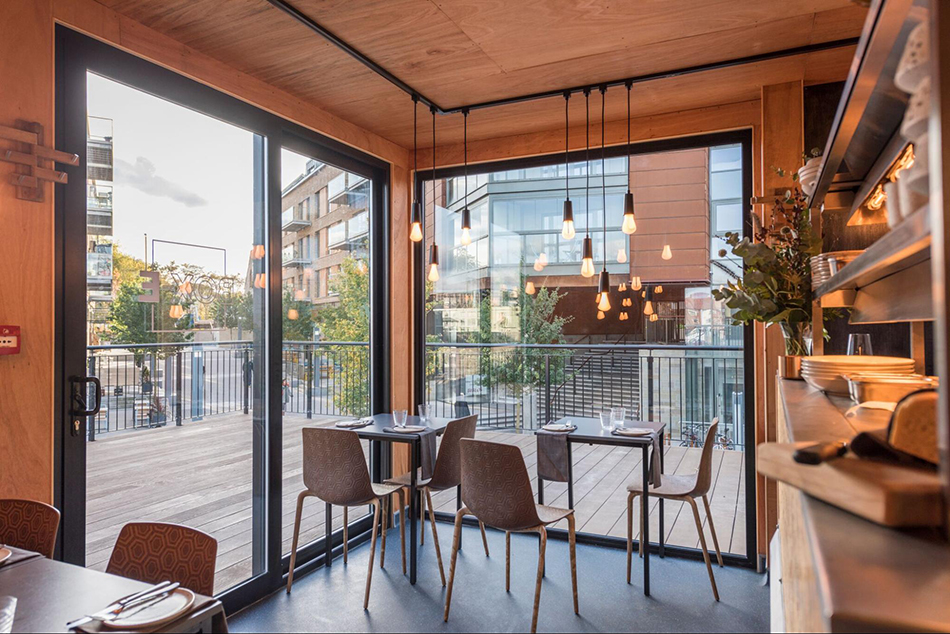
Not to be confused with coloured lighting, the CRI (colour rendering index) tells you how well a light bulb reveals the true colours of what it's lighting. Critical for food as the colours are such an important part of the visual experience. The highest score is 100 and you'd want a minimum of 80 (ideally 90+) to make sure customers get the best impression of your offering.
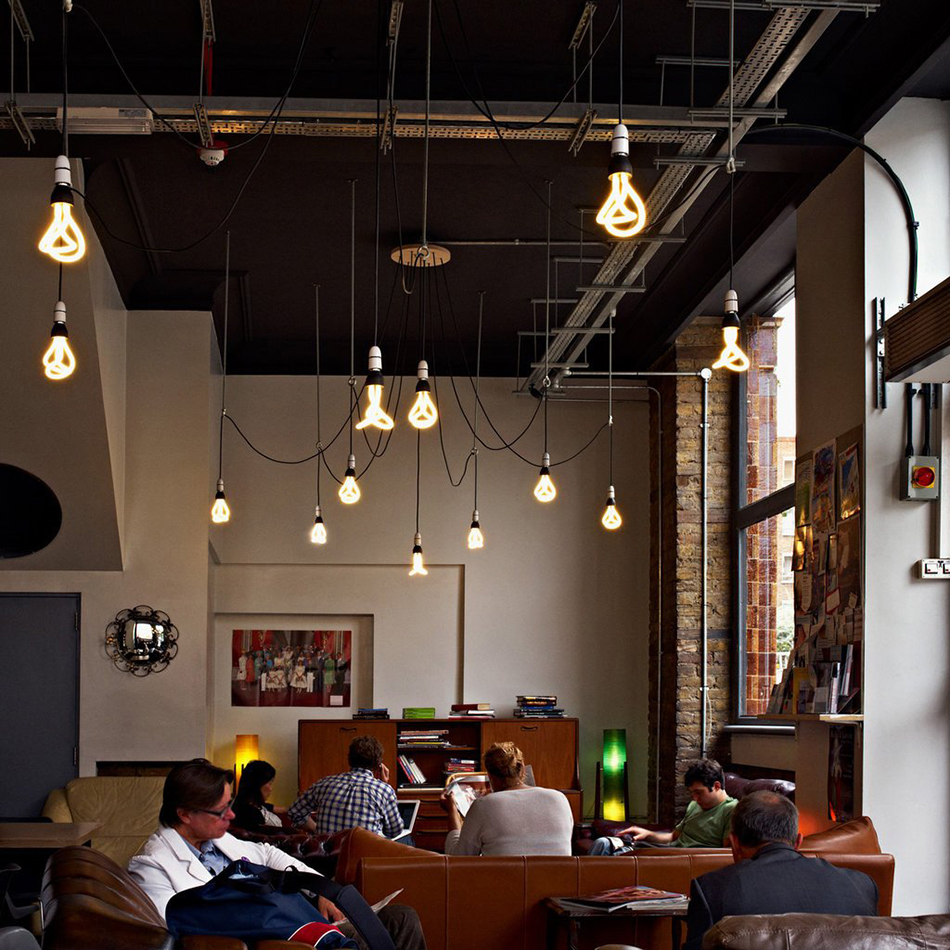
Choosing the right restaurant lighting can seem like an overwhelming task. Given how incredibly important it is to the success of your restaurant, it's worth spending the time and money to get it right. There is no one-size-fits all solution and it's important you consider both your customers' needs as well as the way you want your restaurant to look.
The dining table is one of the situations we think about the most when we're designing Plumen bulbs. To accommodate every desired atmosphere and style. We hope you find the right one for you and your restaurant.
*MEGAMAN survey to 236 hospitality professionals by Big Hospitality, 2015.
Click here to buy this collection by Plumen.